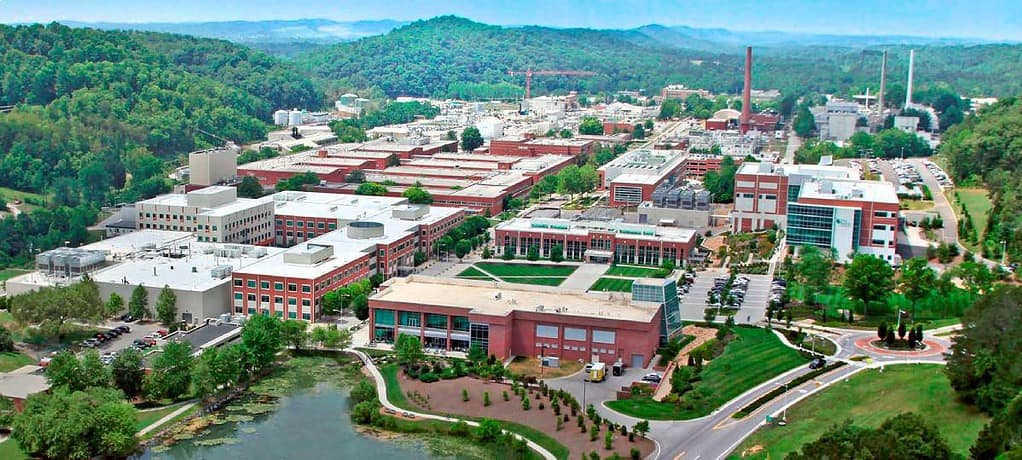Oak Ridge National Laboratory’s Biological Monitoring and Abatement Program, or BMAP, is marking 40 years of helping steward the Department of Energy’s 33,476 acres of land on which some of the nation’s most powerful science and technology missions are carried out.
BMAP began in the mid-1980s as a program to monitor the effectiveness of environmental remediation work in aquatic systems across DOE’s Oak Ridge Reservation as a result of legacy and ongoing operations. The program has evolved into an internationally respected case study in waterway biodiversity monitoring and restoration strategies, with its practices adopted by land managers at DOE and around the globe.
“By studying the changes in fish and invertebrate communities in response to water quality improvements, we gain insights to the impacts of various stressors, including contaminants, on aquatic ecosystems,” said Teresa Mathews, who leads BMAP as well as ORNL’s Biodiversity and Ecosystem Health group. “BMAP’s work traverses multiple disciplines, from chemistry to biology, toxicology, geology, physics and data science.”
The DOE program provides essential information to decision-makers, ensuring the reservation’s environmental integrity as modern facilities such as proposed artificial intelligence-driven data centers and new power generation sources are sited on DOE lands in response to growing national demand for AI infrastructure.
“BMAP has enabled new approaches for an important area of science while ensuring the long-term vitality of the federal lands on which we carry out our research,” said Paul Langan, associate laboratory director for ORNL’s Biological and Environmental Systems Science Directorate.
Over the past 40 years, BMAP research has given rise to a community of scientists focused on mercury science at ORNL, which led to the lab’s landmark discovery of the genes responsible for microbial transformation of inorganic mercury into the potent neurotoxin methylmercury. Follow-on science has been focused on the development of new methods and materials to prevent or remediate methylmercury.
This Oak Ridge National Laboratory news article "Biological monitoring program marks 40 years of stewarding DOE lands" was originally found on https://www.ornl.gov/news

